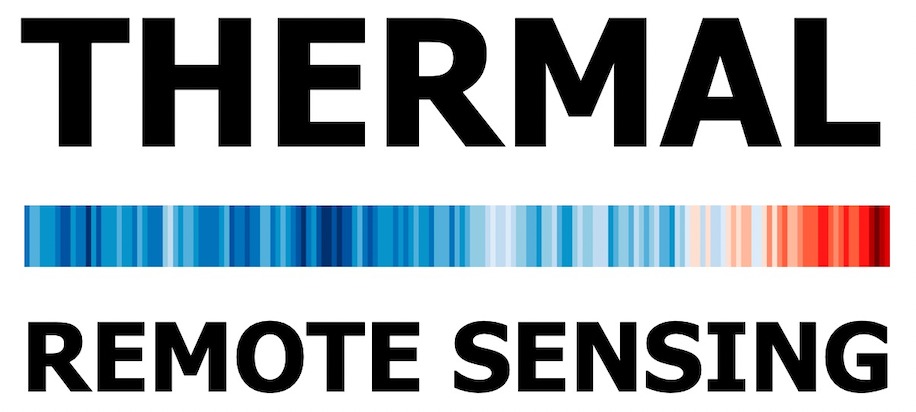The definition of thermal spectrum is not sharp and there are some differences in the community.
Depending on how you want to divide it, you can include or exclude mid-wave infrared part of the spectrum:
- Mid-wave infrared (3-5 um)
- Long-wave infrared (7-14 um)

There is a major difference between imaging in the visible and in the thermal spectrum. In the visible (and near-IR) range, objects only reflect light, so the components of the signal come from two sources: object (reflectance) and atmosphere (absorbance and reflectance). In the thermal ranges the situation is more complicated. The signal has more components: object’s reflectance and emission, and atmosphere (absorbance, reflection, and emission). Radiation of an object can be described as radiation of a blackbody of a given temperature modified by the spectral emissivity of the object. Emissivity is a parameter of a surface which varies spectrally, and can be used for thermal infrared spectroscopy (e.g., to detect specific minerals).
It is important to remember that various thermal spectrum parts have different radiative properties. The largest difference between the mid-wave IR and long-wave IR is in the reflective part: mid-wave IR has a significant proportion of reflected signal apart from the radiative part, but in long-wave IR the reflected proportion is very small.
Long-wave infrared radiation is important to understand Earth’s energy balance. Due to the fact that blackbody curve peaks at long-wave infrared at Earth’s temperature (around 300 K), small temperature differences can be observed accurately in these wavelengths.

Images used in this text come from Wikimedia Commons.

